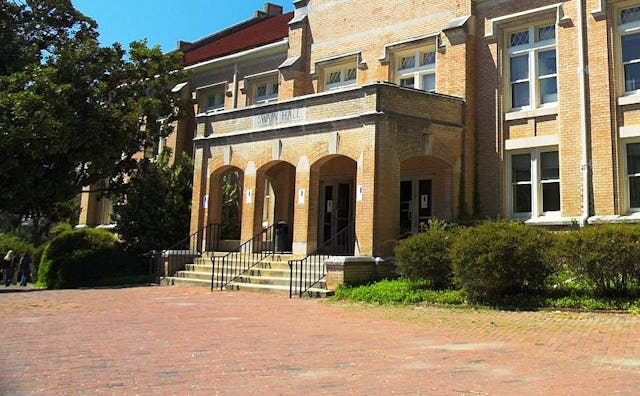Will In-State Tuition Even Be an Option for Our Kids?

In 2000, 80 percent of the students at elite public universities were in-state residents. And in the years 2000–2012, enrollment swelled. But at the large, selective schools, the majority of the new enrollment came from out-of-state students; the proportion of in-state spots has declined. For example, at the University of Alabama, the number of out-of-state students has quadrupled: The majority of freshman now are non-residents. Alabama has managed to add seats for both in-state and out-of-state students, but other schools, like U.C. Berkeley, have decreased their number of in-state students while out-of-staters have increased—and the cost of in-state tuition has risen from $3,964 to $13,200 in that same time period.
The Times reports that schools generally prefer to shift the in-state to out-of-state student ratio to generate revenue, rather than raise tuition, because tuition rates are public and sometimes subject to regulation by state legislatures. Purdue University, the University of Illinois at Urbana-Champaign, Auburn University and Michigan State University have all cut hundreds of spots for incoming in-state freshman, while expanding the number of places for non-residents and international students.
The University of North Carolina remains a bright spot—by law, in-state students have to be 18 percent of the student body, and in-state enrollment there is strong. But for the rest of us parents, hoping for a (relatively) low-cost option for college for our kids, we might be out of luck.
This article was originally published on